NEW Glue Pulling Systems- In Stock!
NEW Glue Pulling Systems- In Stock!
BODYSHOP
WORKSHOP
WELDING
TOOLS
SAFETY

BS EN 4872-Whats Involved?
December 17, 2020 3 min read 1 Comment
In bodyshops/workshops a general insurance requirement is to prove welding competence for personnel. Its a minimum requirement for both liability insurance and also for IMI BS10125.
HOW DO YOU PROVE COMPETENCE?
We prove competence by testing to an approved test standard with approved test criteria. BS EN 4872 Part 1specifies the requirements for the approval testing of welders in ferritic or austenitic (stainless) steels. BS 4872-1:1982 - Specification for approval testing of welders where a welding procedure is not required.
WHATS A WELDING PROCEDURE?
A Welding Procedure Specification (WPS) is the formal instructions for a welder to perform a welding operation. It carries all the information such as material, filler material, gases, welding current, wire speed and more to complete the task for production.
A WPS has been qualified by a Procedure Qualification Record (PQR or WPQR).
A PQR is a record of a test weld performed and tested (more rigorously) to ensure that the procedure will produce the desired weld. This PQR once verified by Laboratory destructive testing, then becomes the Welding Procedure Specification.
BS EN 4872 was designed as a basic competency test for personnel and can be used as start to full coding. Its easier to implement as the above implementation of a WPS (Welding Procedure Specification) is not required.
WHATS CODING?
Coding is a generic term used by welders for what welds they are qualified to do.
Welds are performed according to a WPS and are tested at a testing laboritory.
PART 1 OR PART 2
- BS EN 4872-1: 1982 (Part 1) is for ferrous materials.
- BS EN 4872-2: 1982 (Part 2) is for Aluminium.
WHATS INVOLVED
For bodyshops, the testing involves two groove ( butt) welds and two fillet welds.
One each, vertical upwards and one each, upside down. The thickness of test steel required for automotive certification is 1mm; some require 3mm.
- 1mm weld tags would approve 0.5mm to 2mm.
- 3mm weld tag would approve 1.5mm to 6mm.
WHAT THICKNESS DO I WELD?
This depends on what thickness you weld in your day to day. A general rule though is double and half.
Example:
- if you weld upto 10mm steel maximum then maybe a good thickness to choose would be 5mm. This would approve you up to 10mm and down to 2.5mm. You could then do a 2mm weld that would approve you to 4mm and down to 1mm.

TWI CSWIP 3-1 Welding Positions Chart
WHAT POSITIONS
Like the thickness setting, the positions dictate what your are approved to. Some positions like The Vertical Upward Weld are affected by gravity and so are rated for more approved positions than a Horizontal Flat weld.
Welds are either G (groove) of F (fillet)
Groove (Butt) Weld
| Position | Position | Approval |
| PA | Horizontal/Flat | PA |
| PC | Vertical/Flat | PA-PC |
| PF** | Vertical/UP | PA-PF |
| PE** | Horizontal/Upside Down | PA-PC-PE |
** Denotes positions for BS 4872
Fillet Weld
| Position | Position | Approval |
| PB | Horizontal/Flat | PA-PB |
| PC | Vertical/Flat | PA-PB-PC |
| PF** | Vertical/UP | PA-PB-PF |
| PD** | Horizontal/Upside Down | PA-PB-PC-PD-PE |
** Denotes positions for BS 4872
EMPLOYEE OR EMPLOYER APPROVED?
The ruling for insurance is that the technician is approved in the place of work on the equipment used. This essentially proves the employees competence on the employers own equipment. If an employee moves to a new employer the test may have to be carried out on the new employers premises and equipment.
In the event of a claim the welder/technician could state that he didn't know how to work the equipment correctly.
WHATS IMI AOM 009?
The IMI ATA AOM009 (BS 4872-BS1140) is the official module for ATA panel accreditation. Personnel who pass the BS4872 and BS1140 with approved accreditation centre (of which we are) gain this upon completion and registration.
MORE QUESTIONS
- Whats BS 1140?
- Whats BS EN9606?
- Whats ATA AOM 133?
If you require any help or would like some more advice on your testing and accreditation requirements then please don't hesitate to contact us
Acknowledgements
With Thanks to the TWI (The Welding Institute) For the Welding Positions Chart.
1 Response
Leave a comment
Comments will be approved before showing up.

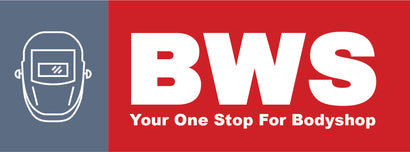




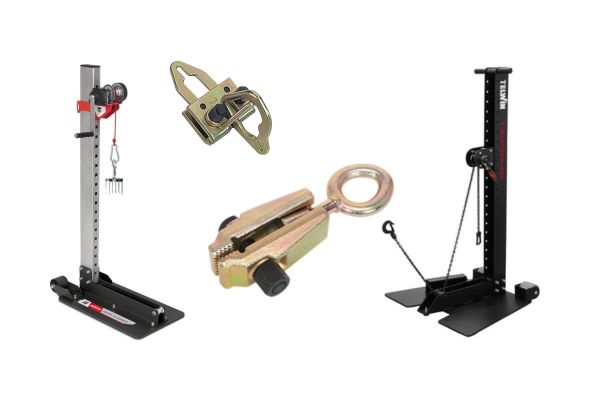







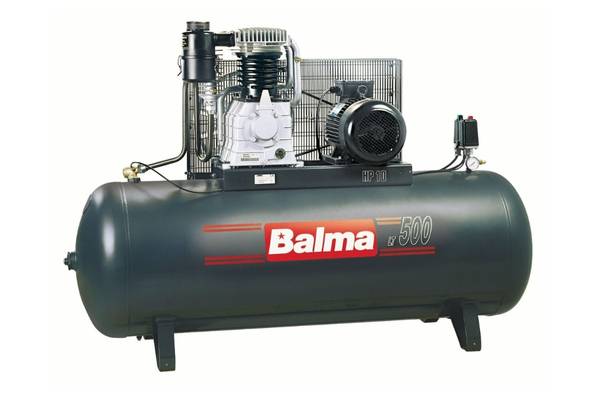




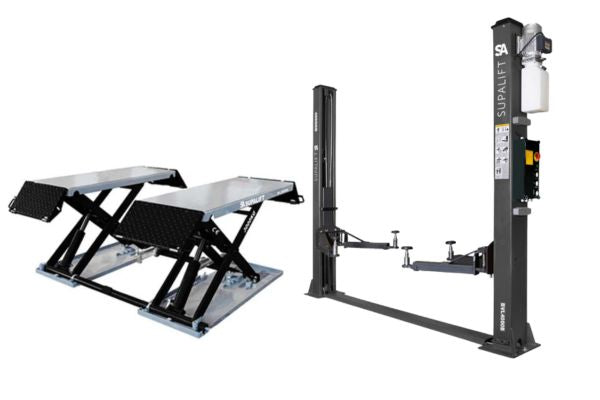

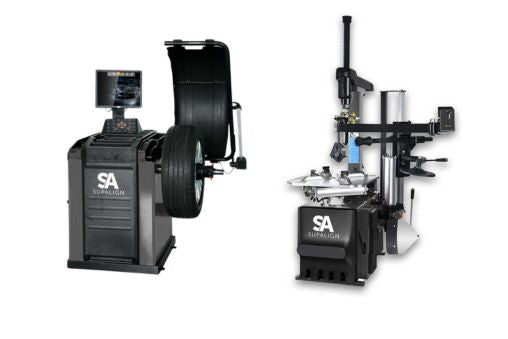




























Scott
May 02, 2022
It might be an idea to change ‘man’ to ‘person’ in your text of ‘The ruling for insurance is that the man is approved’.
Thanks.